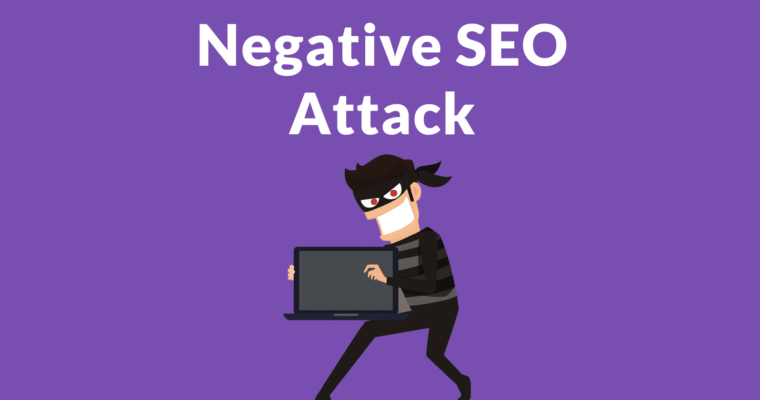You are likely here because you are wondering whether negative SEO is real. We are sharing this real world Negative SEO case study because many people including well-seasoned generalist SEO pros are often quick to dismiss the idea of negative SEO as something that doesn’t really work, but unfortunately, negative SEO attacks are very real, as much as we may wish that wasn’t the case.

In fact, crafty negative SEO attacks can be scarily effective in destroying your hard-earned organic search rankings and traffic, thus harming your website’s income streams and/or negatively impacting your business’s ability to gain new customers.
How do you know that negative SEO is real?
Well, just this past summer, Google lunched a major Link SPAM update that took almost a full month to roll out. The websites that had “questionable” link profiles experienced meaningful (and sometime extreme) ranking losses ranging from 20% to 50% loss of traffic. Among other things, this update was gold for negative SEOs who were really able to capitalize on and benefit from Google penalizing the websites to which they built toxic links.
It’s true that many amateurish negative SEO attacks may fail to deliver the “results” the attacker is looking for, but well-planned negative SEO campaigns executed with precision, consistency, and venom, can have strikingly dark consequences for the victim.
In this post, we document the learnings from a wide-spread and ongoing negative SEO attack that targeted several different websites during roughly the same timeframe (approximately 6 months as of the date of this post) to various degrees. It was clear the attacker was the same entity, as all targeted websites that experienced the negative SEO attack were targeted with the same kind of backlink spam with harmful backlinks originating from similar sources and having very similar pattern due to identical methods being employed by the attacker.